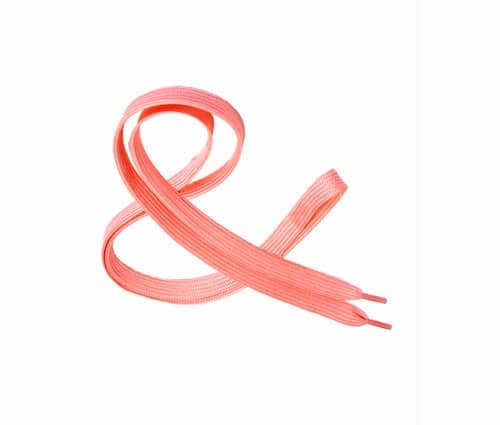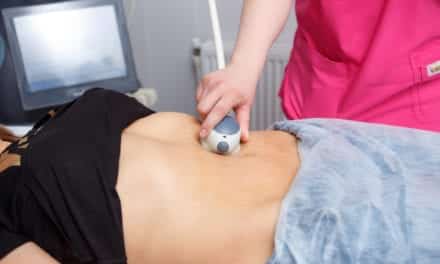Most of the consumables in the supply closet of Dr Dan Mills’ office are standard issue for a plastic surgery practice:
Scissors. Check.
Needle gauges. Check.
Soft nitrile gloves. Check.
Shoelaces. Check.
Yes, shoelaces. Adjacent to the other supplies in Mills’ Laguna Beach, Calif, office are a surplus of wide shoelaces in assorted colors.
“We order them from Amazon,” Mills says. Why would a plastic surgeon need so many shoelaces? Most probably wouldn’t, but Mills developed a technique that uses the laces to fasten a breast cast to correct certain breast asymmetries following breast augmentation or reconstruction with implants—without revision surgery.
Typically, such correction would require a second surgery, but strategically placing shoelaces underneath the inframammary fold of the breast early in the postoperative period can reduce the appearance of a “double bubble,” correct breast asymmetry, and decrease projection of the lower pole of the breast, Mills tells Plastic Surgery Practice.
Additionally, the shoelace technique provides support for the weight of the breasts while the new inframammary fold sets in place at an ideal position. Mills recently published his experience and observations with this shoelace breast cast in the Aesthetic Surgery Journal (ASJ).
“Need is the mother of invention,” Mills says. “I do a lot of transaxillary augmentations, and one of the biggest problems is asymmetry or the pocket not being quite even,” he says. Mills recalled wearing a cast for a broken wrist as a child. “They put on the cast to hold the tissue where you want it, and then the body heals around it.”
The shoelace cast works by a similar mechanism. It actually capitalizes on the postop inflammatory process by supporting the wound and holding it together while the body heals, Mills explains.
“The best shoelaces are two flat, wide-bodied laces which are then tied together and wrapped around the neck, breasts, and back in a specific design,” Mills says.
When worn continuously, the shoelaces act as an external breast cast, allowing the inframammary fold to be set and heal in the correct position. “It allows me to be aggressive in cases where I need to raise the inframammary fold because I know that I can easily correct it if the fold is lowered too much,” he says.
It’s really a win-win-win in the right patient, he says. “It is not expensive, and it has a high satisfaction rate with virtually no risk of complications.”
For these reasons, Mills recommends the shoelace to as many as 15% of his breast augmentation patients and certain breast reconstruction patients as well. “Sometimes they may wear it for 3 or 4 weeks to correct a minor asymmetry, or longer if there is a more significant issue,” he says.
Patients take the shoelace off before they shower once a day. The protocol is flexible. Generally speaking, “After 5 days, if it looks perfect, we double it and they wear it for 10 days,” he says. “The goal is to overset to make sure the weight of the implant will be supported.”
The lack of compliance is the biggest reason it does not work, he says. In these cases, Mills shows patients before-and-after images of others who have used the shoelace technique to correct an asymmetry. “Compliance is often jump-started when they see the difference.”
Now Mills and colleagues plan to study the shoelace cast in a more formal fashion, and put some numbers behind their growing body of anecdotal evidence.
“Simple, Yet Elegant” Solution
Mills’ former aesthetic fellow, Alex Ereso, MD, worked on the ASJ paper as well. He has now opened his own private practice in Mountain View, Calif, and plans to incorporate this “simple, yet elegant” solution in his own breast augmentation and reconstruction patients.
“It can be done without a second surgery, and the patient satisfaction is high,” he says. It is an extremely attractive technique in transaxillary breast augmentation patients because a surgeon ostensibly goes in blind when placing the implant in this fashion. “The fact that there is a simple solution to raise a pocket allows a surgeon to be more aggressive in lowering it.”
Denise Mann is the editor of Plastic Surgery Practice. She can be reached at [email protected].




